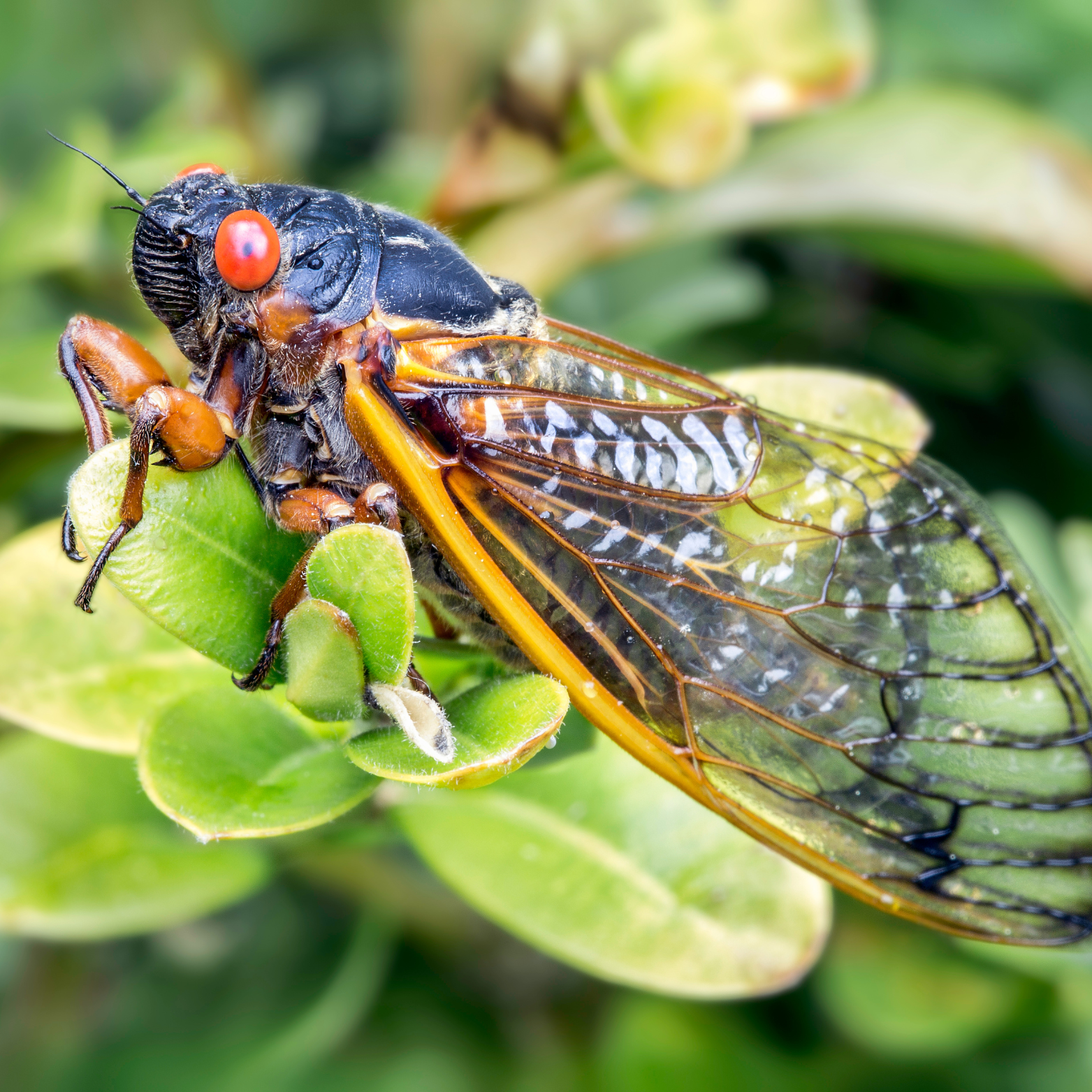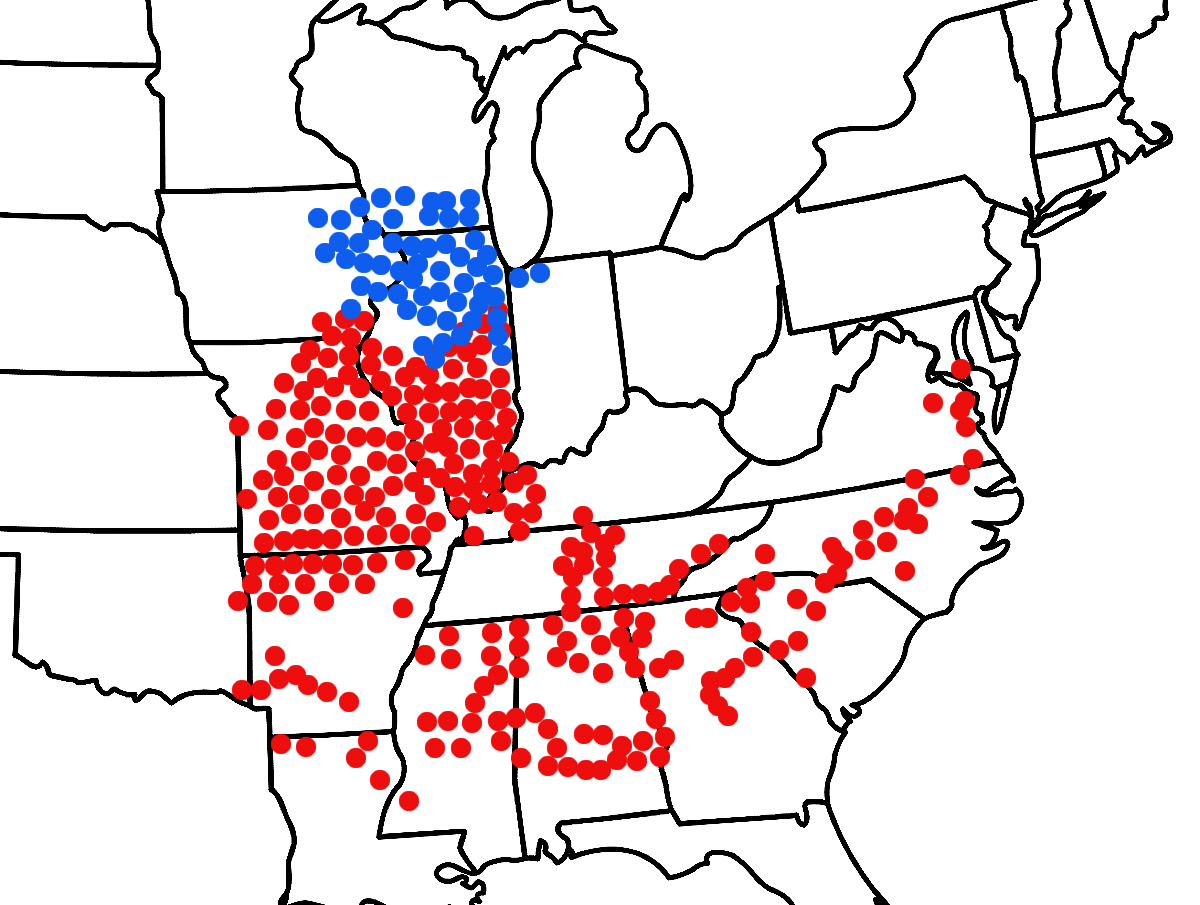
Coming This Spring: Cicadapalooza
Posted on January 19, 2024
This spring, a rare occurrence is coming to the Midwest—two broods of periodical cicadas will emerge at the same time in adjacent locations. The Great Southern Brood (Brood XIX), which emerges every 13 years, and the Northern Illinois Brood (Brood XIII), which emerges every 17 years, will sync up emergence cycles for the first time since 1803. For reference, that’s when Thomas Jefferson was president. These two broods won’t simultaneously emerge again for another 221 years, in the year 2245.
Will Southwest Michigan Be Affected?
Not by both broods, but there's a possibility that we'll be affected by the Northern Illinois Brood, whose range includes Northwest Indiana and sometimes Southwest Michigan.
What To Expect in Affected Areas
Beginning in late April, Brood XIX will emerge in fourteen states: Alabama, Arkansas, Georgia, Illinois, Indiana, Kentucky, Louisiana, Missouri, Mississippi, North Carolina, Oklahoma, South Carolina, Tennessee, and Virginia. Brood XIII will emerge in as many as five states: Illinois, Indiana, Iowa, Wisconsin, and possibly Michigan. The states expected to see crossover between both broods? Illinois and possibly Indiana (see map below).

Map of where Broods XIII (blue) and XIX (red) occur. Map provided by Gene Kritsky, Mount St. Joseph University.
This dual emergence will result in approximately one trillion cicadas spread out over the states mentioned above. That’s enough cicadas to wrap around the earth nearly 634 times. Cicadas will likely be concentrated in forested areas and green spaces.
It will be noisy in all affected areas, not just within the crossover area. Male cicadas are known for their loud choral performances, put on to attract female mates. A group of singing cicadas can reach 90-100 decibels. That’s about as loud as a lawnmower or a motorcycle!
This Is Not a Plague
Cicadas, while annoying, aren’t harmful to humans or animals, and they don’t cause destructive plagues. They don’t bite, sting, or spread diseases. They’re mostly beneficial to the environment—they prune mature trees and help aerate the soil. Dead cicadas serve as a source of nitrogen for growing trees. Cicadas can occasionally cause harm to young trees, but it’s preventable by temporarily covering the trees with netting or cheesecloth. Their life cycle is so short (4-6 weeks) that they usually don’t cause large-scale damage like other insects, such as the emerald ash borer. Cicadas also provide a food source for birds and other insectivores. You can even use dead cicadas as a natural fertilizer, although their decaying bodies give off a rather unpleasant aroma that’s often compared to rotting nuts.
While it might seem like a nuisance, this occurrence is going to be very short-lived and will only happen once in our lifetimes. If you find yourself in a cicada-dense location this spring, we hope you'll find a way to marvel at this rare occurrence...perhaps while wearing earplugs.






















